Common Bed Bug Questions Answered
Common Bed Bug Questions Answered
So, You Have Bed Bugs
When you find out you have bed bugs, things can quickly become overwhelming. Unless you’ve had a run-in with these nasty bloodsucking insects before, you may have a lot of questions. Here are some of the most common questions you may be asking if you find yourself in this unfortunate situation. 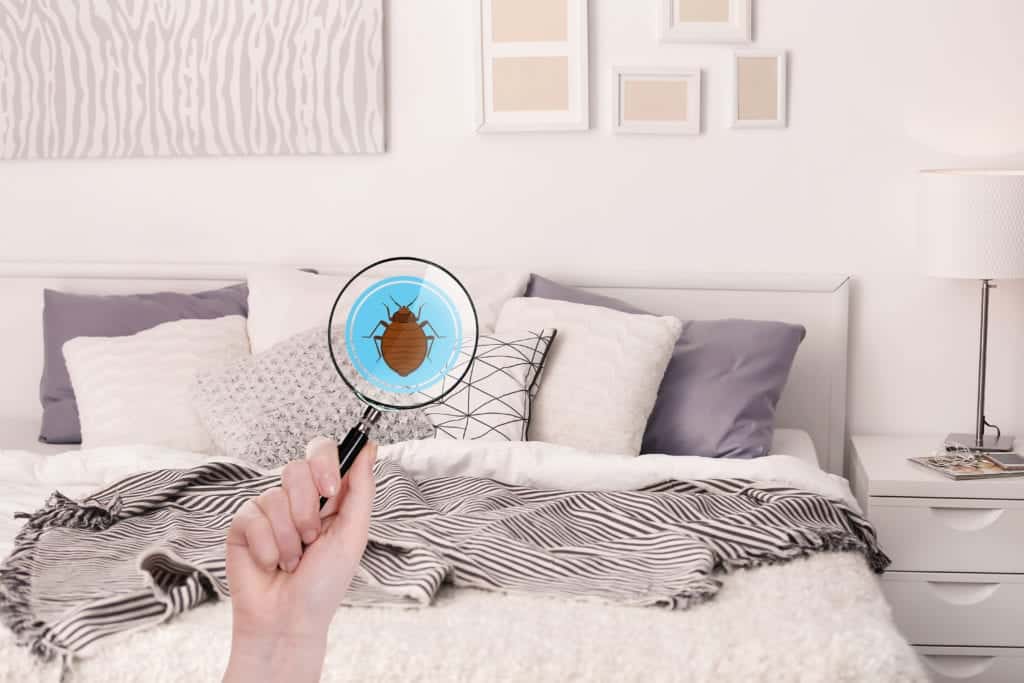
What Do Bed Bugs Look Like?
Adult bed bugs are reddish-brown in color with flat, oval-shaped bodies. They measure about 3/16 inches in length and are flat similar to an apple seed. After a sanguine meal, they are swollen and red, more rotund. Nymphs, the adolescent stage in the bed bug life cycle, are smaller than adults and appear yellow and waxy. The nymphs go through 5 different stages known as instars and each instar ends when the arachnid molts, growing larger. 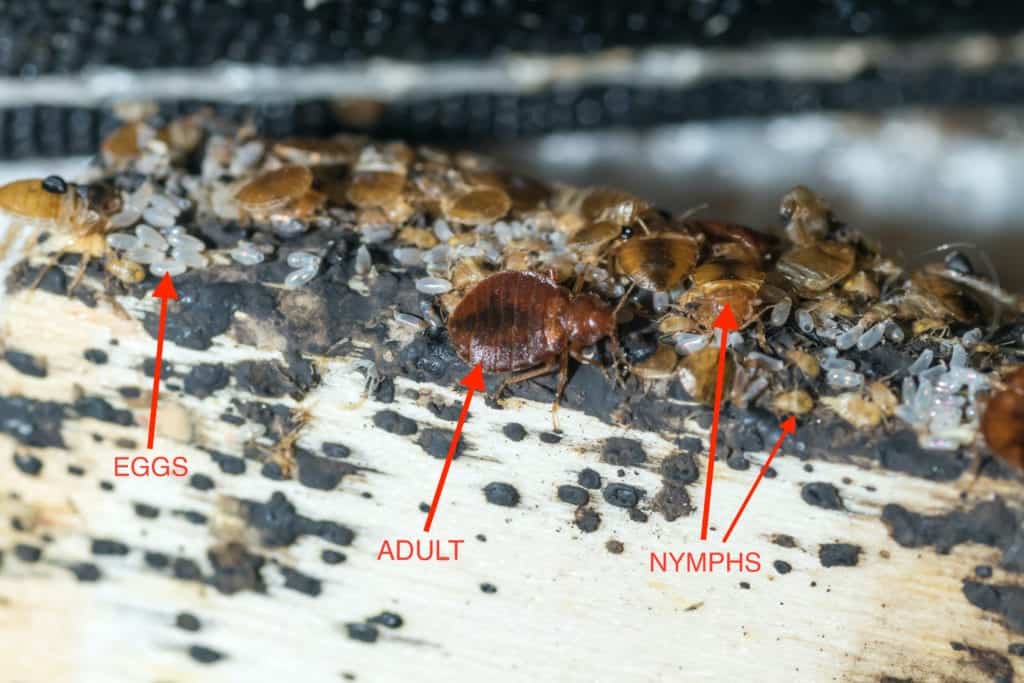
How Do I Know I Have Bed Bugs?
Aside from seeing the actual bugs themselves you may notice other signs of an infestation. The two other most prominent signs are: bed bug bites or reddish-brown stains on bedsheets, couches, or other fabrics. Anytime light is present, typically bed bugs are hidden, so in order to check if you have bed bugs, you will need to search in every small, dark place that is available such as, under your mattress, inside drawers, behind picture frames, burrowed in the edging of carpets, inside electrical outlets, in fabric seams, inside box springs, around/under cushions, in clothing, inside luggage, etc. 
What Do Their Bites Look Like?
Bed bugs leave behind itchy red spots. Luckily, since bed bugs cannot transmit diseases, these bites are safe, but highly annoying and creepy as you know you are sharing your bed with blood-sucking insects. The bites are often arranged in lines. Bed Bugs have a tendency to bite… walk a ways… bite again… and so on, hence the linear pattern. Bed bugs also tend to target exposed skin, so, if you are wearing pajamas at night, they are far more likely to bite your exposed limbs, feet, neck, etc. 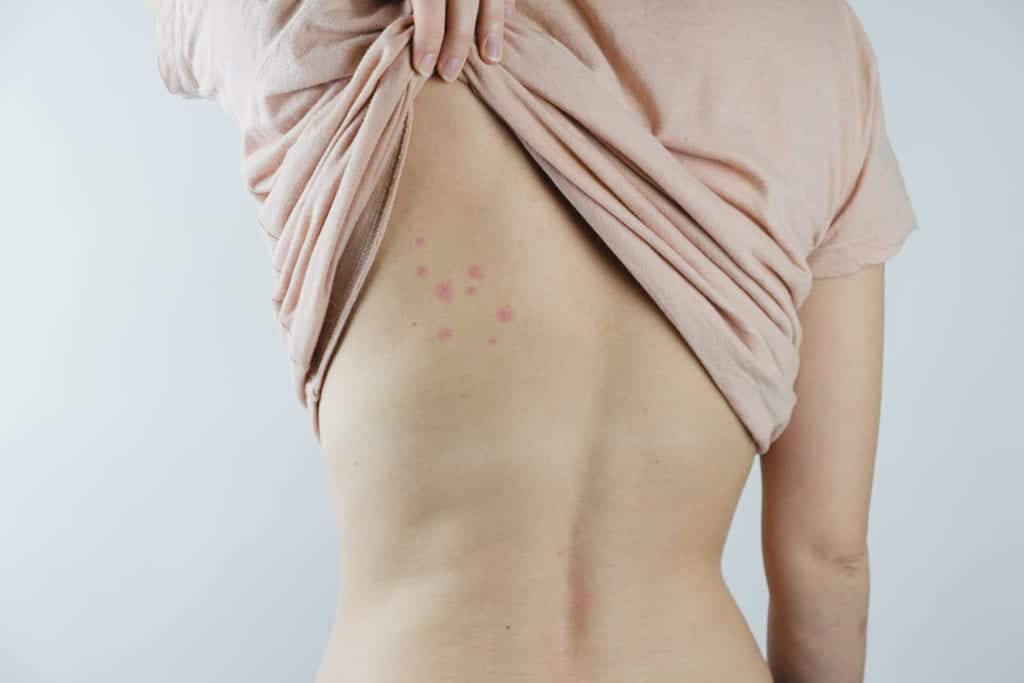
How Can I Avoid a Bed Bug Infestation?
Bed bugs are master hitchhikers and will travel mass distances to find new homes and hosts. Since bed bugs can hide in places like hotels, airplanes, movie theaters, restaurants, etc. it is important to be wary when you visit any of these locations. Check hotel beds and drawers before using them and briefly inspect the sides of seats before sitting down. In your own home, the following can help avoid a bed bug problem and prevent an existing one from becoming out of control:
- Vacuum carefully and frequently
- Reduce clutter
- Use a mattress cover
- Avoid using moving blankets
- Inspect any pre-used furniture that you may purchase

Are Bed Bugs a Sign of an Unsanitary Home?
While some pests, like rodents, are on a mission to raid your garbage and burrow into your walls, bed bugs are only concerned with finding a host. As such, they are not selective like rodents who search for the stench of garbage, easy home entry points, etc. Rather, bed bugs don’t care if your home is meticulously clean or disgustingly dirty. If a bed bug manages to access your home, their only goal is to hunt you down and feast on your blood. 
Why Are Bed Bugs Becoming More of a Problem?
Bed bugs are rampant pests. A pesticide known as DDT was once widely used to combat the vampiric bedtime pests and even nearly eradicated them. But, starting in the late 1990’s bed bugs reemerged. DDT had been declared a dangerous pesticide and, as such, it had been discontinued. Nowadays, one fifth of Americans either knows someone who has dealt with bedbugs or has had a bedbug invasion in their own home – making it the most prevalent spreading infestation in the United States today. 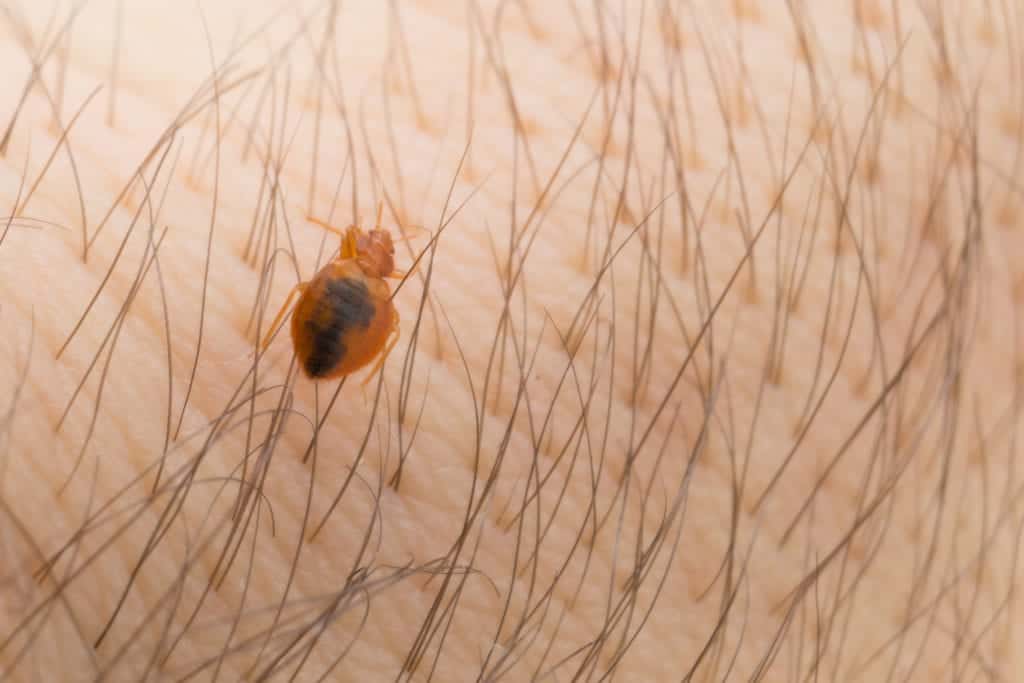
Can Bed Bugs Give Me Diseases?
While they’re creepy and crawly there is one huge positive when it comes to bed bugs… they do not transmit diseases! Most external parasitic insects (such as mosquitos, fleas, and ticks) carry and transmit dangerous diseases from person to person. However, uniquely, the digestive systems of bed bugs consume and destroy most human blood borne diseases within roughly an hour of ingestion. Since bed bugs feed only once within the span of several days, it is considered virtually impossible for anything to be transmitted from person to person. 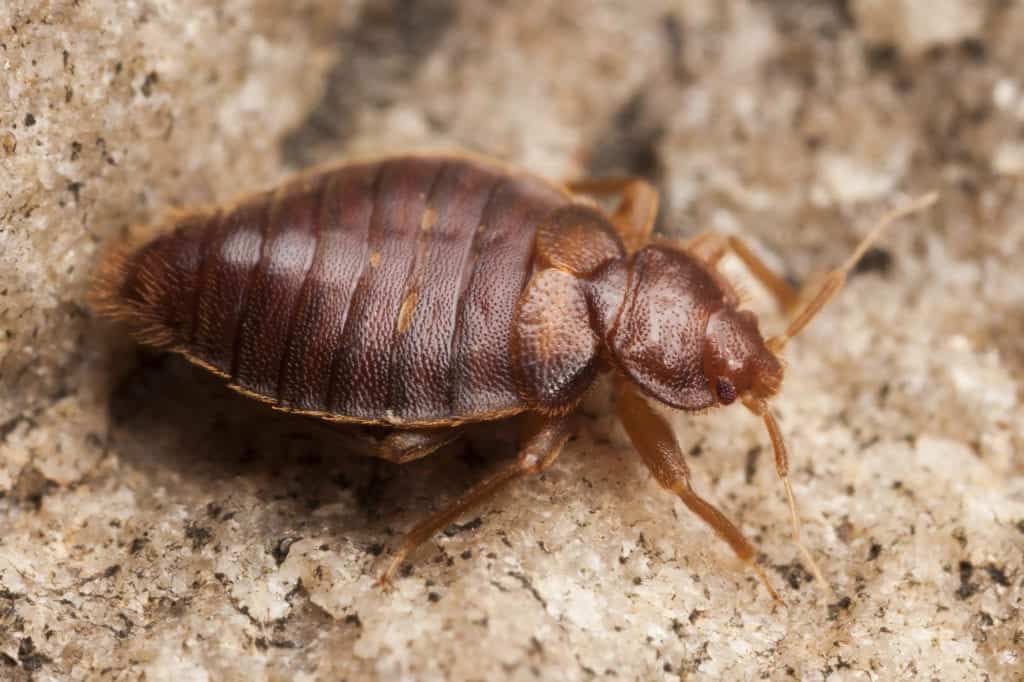
What Treatments Are Available?
The two primary treatments for bed bugs are either chemical or heat treatments. Traditional chemical treatments require a minimum of 2-3 visits to target bed bugs as they mature. This is because chemical treatments are not effective on bedbug eggs. So, while it may appear as though the problem has disappeared once the adults stop biting, it’s only a matter of time before the eggs begin to hatch and the nymphs start searching for their blood meals. Then, it’s difficult to retreat in time as the eggs will hatch at different times and continuously spraying chemicals in your home, especially in your bed, is not at all ideal. Our preferred method of choice to combat bed bugs is heat. Not only is this treatment ecofriendly, but it will kill both adult bed bugs and their eggs. The infected area is heated to at least 115°F (46°C). Once the area has reached this heightened temperature, it must be maintained for roughly 10 minutes, which is ample time for the little creepy crawlers to expire from exposure to the heat. 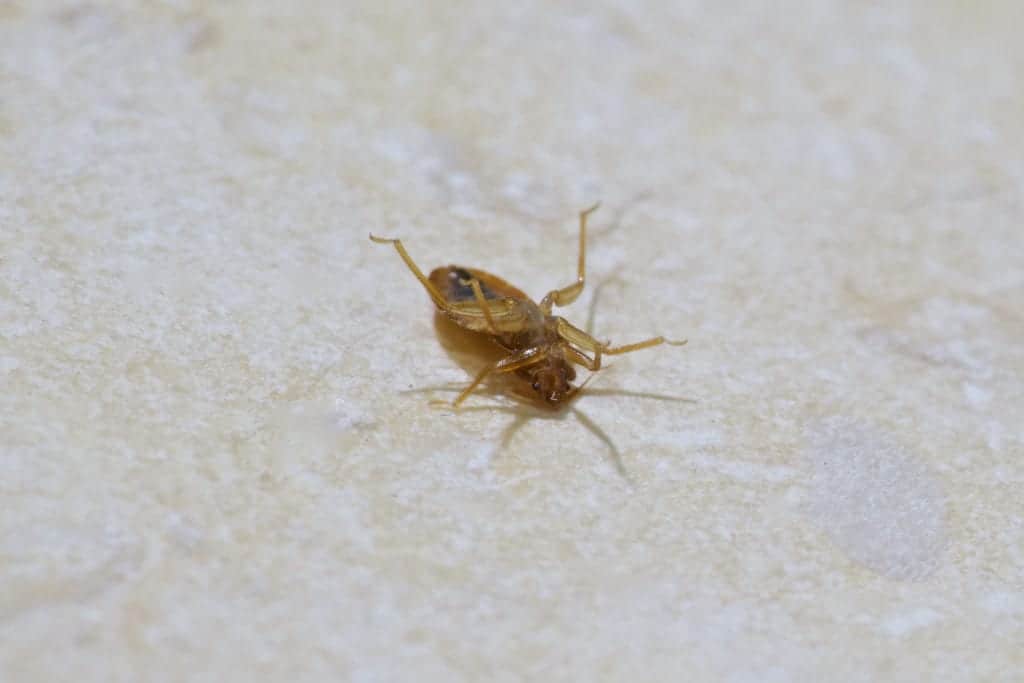
Citations
Bed Bugs (2017) The Centers for Disease Control and Prevention. U.S. Department of Health and Human Services. Available at: https://www.cdc.gov/dpdx/bedbugs/index.html (Accessed: August 2020). Brennan, D. MD. (2020) Bad Bugs Slideshow: Identifying Bugs and Their Bites, WebMD. Available at: https://www.webmd.com/allergies/ss/slideshow-bad-bugs (Accessed: June 2020). Gannon, M. (2017) Bedbugs: Facts, Bites and Infestation, LiveScience. Available at: https://www.livescience.com/42297-bed-bugs-facts-information.html (Accessed: August 2020). Green, H. (2016) 7 Things You Should Know About Bed Bugs, YouTube. SciShow. Available at: https://www.youtube.com/watch?v=uFk0t9DHu1Q Miller, D. M. and Polanco, A. (no date) Bed Bug Biology and Behavior, The Department of Entomology at Virginia Tech. Virginia Department of Agriculture and Consumer Services. Available at: http://www.vdacs.virginia.gov/pdf/bb-biology1.pdf (Accessed: August 2020).
Request a Free Quote Today
(We do not share your data with anybody, and only use it for its intended purpose)


